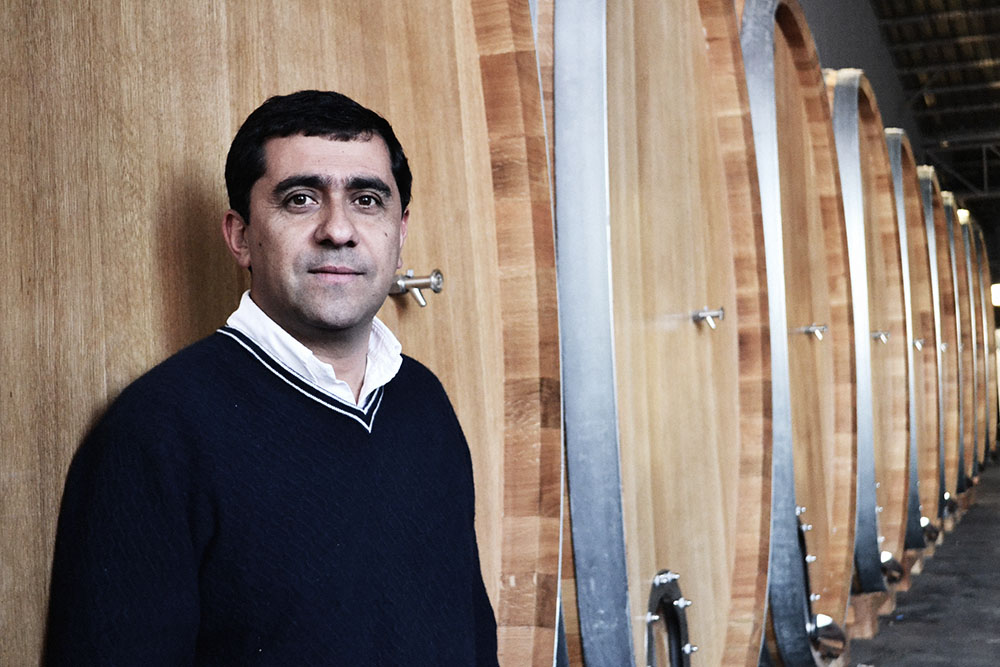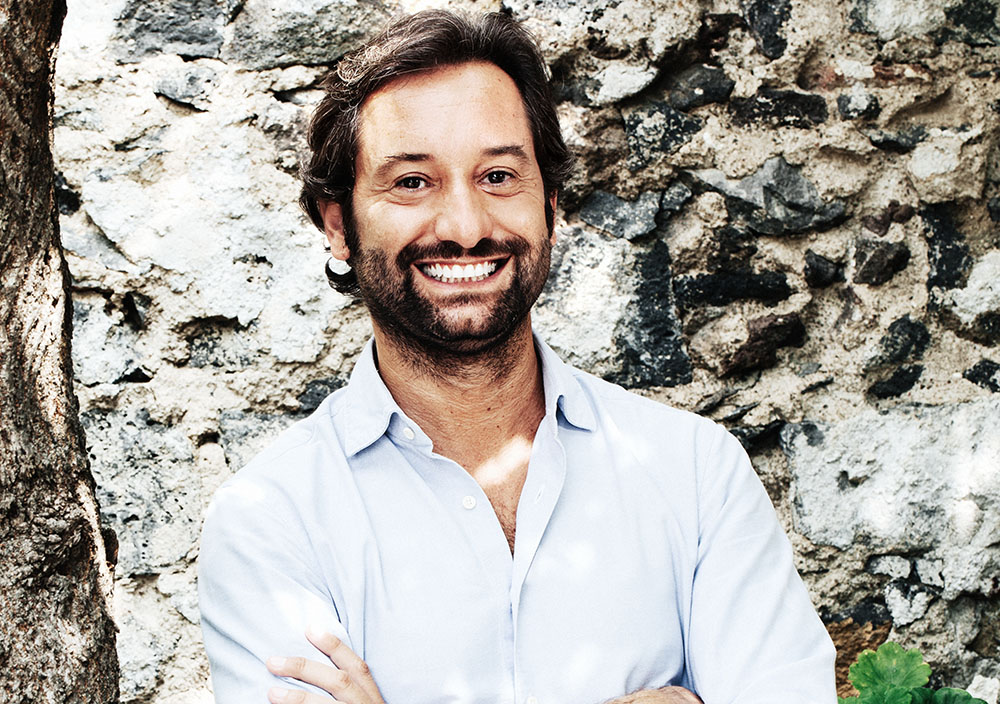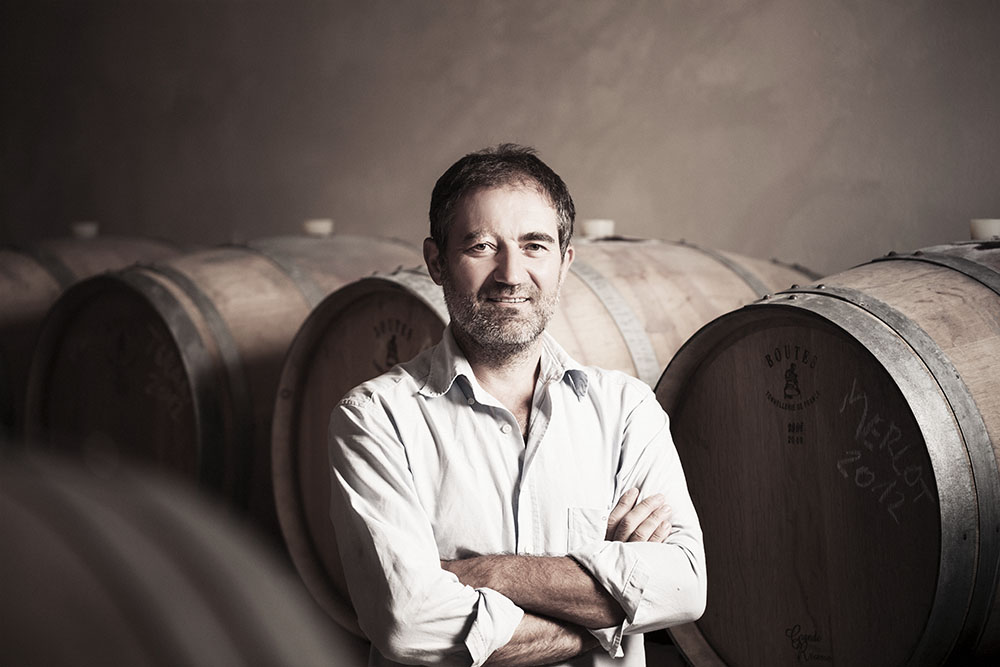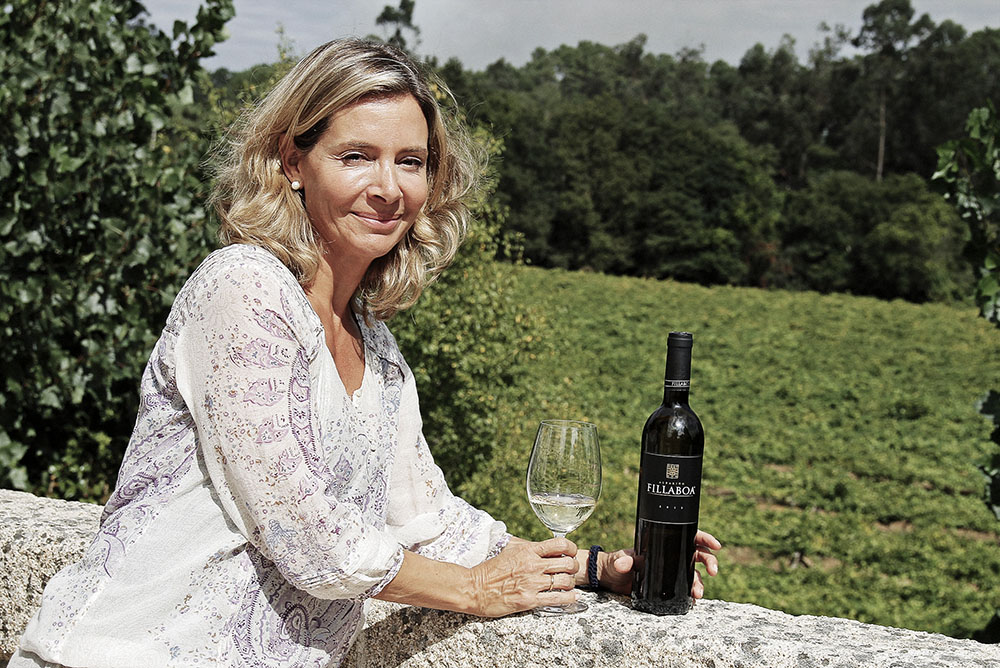10 white wines you need to try right now
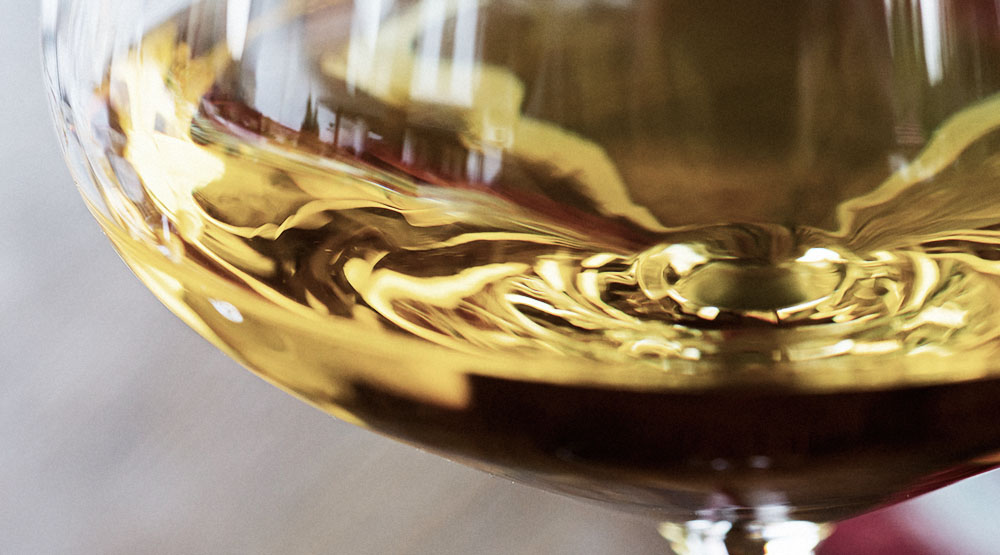
Warning: the following content may be offensive to Pinot Grigio and Sauvignon Blanc fans.
When I was a kid, I ate peanut butter sandwiches for lunch. Every single day. One day, I got sick. Suddenly, I couldn’t even stomach the smell of peanut butter. That’s when I discovered cream cheese, black forest ham, egg salad and tuna. It was a revelation and the first milestone in my culinary history. Eventually, I was able to add peanut butter back into my repertoire and I still have the occasional craving today.
Drinking Pinot Grigio or Sauvignon Blanc (or any other grape variety) exclusively won’t make you sick (I don’t think). It’s just boring. Truly, I don’t wish to insult these two grapes or anyone who drinks them. They’re great varieties, popular for good reason and even capable of producing profound wines. And I’ve enjoyed many a glass myself. They’re just a bit too ubiquitous. When there are so many other fascinating white wines, why limit yourself to these?
The onus is on you to liven up your wine regime. Summer inspires a sense of adventure so harness it for the benefit of your palate. What’s wrong with some carefree exploration of white wines?
To get you started, here are a few of the white crushes I’ve had over the past year. Some might take a little more searching out but the best things in life often do. Just a word of caution. These aren’t going to taste like Pinot Grigio or Sauvignon Blanc. Nor should they. So, if you have been weaned on those, give your palate a chance to adjust. It may take more than one sip to develop an appreciation. While I do believe in love at first sight, sometimes it takes time to cultivate affection. And, who knows? A summer fling might turn into a lifelong love affair. Just don’t make any exclusive commitments.
Encruzado
This is for those smug Chardonnay drinkers who are thinking I’m not going to call them out. Come on, I love Chardonnay as much as you do, but it’s not the only white capable of producing complex, age-worthy, full-bodied white wines. Meet Encruzado. Among Portugal’s dozens and dozens of fascinating native grapes, Encruzado is one of the greatest. It’s grown almost exclusively on the granitic soils of the gorgeous Dão region. Like Chardonnay, Encruzado lends itself to aging in oak and is often described as “Burgundian” when this is the case.
Casa da Passarella Villa Oliveira Branco 2012, Dão DOC, Portugal ($40)
With nine months of aging in used 600-litre oak barrels, the Villa Oliveira is beautifully textured and balanced, with understated apple, savoury pine notes and minerality. If you can get your hands on the region’s insanely delicious Serra da Estrela cheese to go with it, please invite me over.
Scheurebe
Germany is a fabulous source of delightful white wines. Beyond Riesling, both its Silvaner and Weissburgunder (Pinot Blanc) beg to be discovered. Recently, producers have been trying their hand at Sauvignon Blanc. But does the world really need another Sauvignon Blanc? Instead, I encourage Germany to focus on the charming Scheurebe grape. A crossing of Riesling and Bukettraube (the second a crossing of Silvaner and Trollinger), it was created by Georg Scheu in 1916 and boasts an exuberant, refreshing personality.
Weingut Paul Weltner Rödelseer Schwanleite Scheurebe trocken 2015, Franken, Germany ($25)
Okay, so the name is a mouthful, but I promise it’s a tasty one. Lovely scents of honeysuckle, tangerine and white currants are followed by flavours of pink grapefruit and passionfruit. Full, dry and succulent, it conjures up the most exotic garden.
Albariño
If you haven’t taken the Albariño plunge yet, don’t let the summer go by without diving in. From the moderately cool and verdant northwestern region of Rías Baixas, Albariño has been Spain’s “hottest” white for years. For the uninitiated, I fondly describe it as what would result from Viognier and Sauvignon Blanc having a baby by the coast. They didn’t. And while Albariño isn’t related to either, it does recall the aromas of the former and the crisp acidity of the latter with its own brackish twist.
Fillaboa Finca Monte Alto 2014, Rías Baixas DO, Spain ($40)
Fragrant and lively, this single-vineyard offering from the excellent Fillaboa estate boasts nectarine, peach and grapefruit with a touch of honey. Fresh and juicy on the palate, it is carried by a steely backbone and that invigorating salty sea air.
Carricante
Carricante is an independent soul. While occasionally blended with other grapes, it’s arguably best on its own. This diva is also pretty particular about where it hangs out and is found almost exclusively high up on the slopes of Mount Etna in Sicily. Only an active volcano will do for Carricante, thank you very much. The vines grow amid colourful wildflowers to the hypnotic buzz of honey bees and enjoy a stunning view of the impossibly blue Ionian Sea. It’s difficult to imagine this extraordinary landscape nurturing anything but a remarkable wine. And indeed, the very best become Riesling-like with age.
Benanti Pietramarina 2012, Etna Bianco Superiore DOC, Italy ($35)
Benanti’s Pietramarina bottling is a reference for Carricante. Aromas of anise, honey, broom and chamomile evoke the territory. On the palate, lemon and apricot intertwine with the sea breeze. Finely chiselled, it is assertive in acidity, moderate in alcohol, endlessly elegant and assuredly age-worthy.
Altesse
France has bestowed the world with most of its popular grapes. Born on Gallic soil, white wines like Sauvignon Blanc and Chardonnay are now grown in wine regions around the globe. But this wine nation has a few more tricks up her sleeve. Altesse is an obscure yet highly regarded grape from the equally little known region of Savoie. Though not about to start taking over the world, it is definitely worth putting on your radar. (Note wines labelled Roussette de Savoie AOC are made from 100% Altesse.)
Nicolas Gonin Altesse Isère 2014, IGP Balmes Dauphinoises, France ($25)
Nicolas Gonin has dedicated his life to championing Savoie’s long-forgotten indigenous grapes and making the most pure and honest expression of them. His Altesse speaks clearly and profoundly of the area. It’s like inhaling the clean mountain air, replete with forest flowers, herbs and a suggestion of hazelnut. At first rich and layered in the mouth, laser-sharp acid then cuts through.
- Marcelo Retamal, winemaker at De Martino
- Antonio Benanti from Banaiti Wines
- Moreno Coronica
- Isabel Salgado from Albarino
Assyrtiko
As one of Greece’s most popular tourist destinations, Santorini doesn’t really need anything else to recommend it. However, besides the dramatic, breathtaking vistas, this wind-swept island is also ground zero for one of Greece’s most successful white wines. The native Assyrtiko grape has long lived in the volcanic soils. Vines are trained close to the ground in woven basket-like forms to protect them from the relentless gusts and fierce sun, yielding minuscule quantities. Astonishingly, the wines retain impossible acidity for such southern reaches. They are, quite simply, a feat of nature.
Gaia Wild Ferment Assyrtiko 2015, Santorini PDO, Greece ($35)
Smokey nuances greet the nose with judicious use of new oak giving added dimensions of toast and nuts. There is a sun-soaked element to the fruit and a richness of texture, but what really dominates is the tangy acid, lemon balm and saline essence.
Furmint
Hungary’s claim to fame is Tokaji Aszú, an exceptional, complex dessert wine made from grapes affected by noble rot and aged oxidatively for a number of years in wood. The botrytis-susceptible Furmint variety provides an important base for these divine elixirs with its rapier-like acidity giving balance to the extreme sweetness. However, Furmint’s merits don’t end here and it is becoming increasingly prized for the production of dry wines made from healthy, unaffected grapes. Keep an eye on Hungary, I have a feeling we’ll be seeing more from this country.
Szent Tamás Mád Dry Furmint 2015, Tokaji, Hungary ($25)
The Szent Tamás winery is leading the way in the village of Mád. Owners work with about 100 small landowners in the area to get high-quality clean fruit to make dry, affordable wines from Furmint that will appeal to modern palates. A lean and linear yet powerful white with piercing red apple, elderflower, ginger and mineral nuances.
Muscat of Alexandria
The range of white wines made from Muscat (aka, Moscato) is vast; from bone dry to lusciously sweet, still to bubbly, and various levels of alcohol. There are, in fact, many different Muscat varieties, most of which are related to each other. What characterizes them all is their distinctly floral, sweet-smelling aromas. Allow me to introduce you to Muscat of Alexandria. While most associated with the Italian island of Pantelleria, where it goes by the name Zibibbo, this grape has travelled the world, including Chile.
De Martino Viejas Tinajas Muscat 2015, Itata Valley, Chile ($25)
De Martino crafts a truly unique rendition, which harks back to the ancient origins of this grape. Aged on the skins for months in 100-year-old clay amphorae, it sports a deep orangey hue. Penetrating marmalade, white flowers and nutty hints lead to honey, earth, orange peel and subtle spice on the palate. Dry and even possesses some tannin.
Malvazija Istarska
Malvasia is, quite frankly, another tangled mess of many different varieties all bearing the same moniker. In this case, most are not even related at all. For now, let’s just stick with Malvasia Istriana (or Malvazija Istarska as it is called in Croatia). Native to the Istrian peninsula where Italy and Croatia meet, it is responsible for some of the greatest dry, still examples of wine made from any of the extended group of Malvasias – period.
Coronica Malvazija of Istria 2014, Croatia ($20)
An intriguing nose of dewy roses, fresh grass and white pepper. The palate is vibrant with a pocket of stone fruit, rosewater, orange and sandy seashells. Mouth-watering, palate-cleansing and surprisingly light on its feet but the delicate flavours linger.
Sémillon
Though French by origin, Sémillon has been brashly appropriated by the Australians. They make a particularly singular expression in the Hunter Valley region. Grapes are picked early at fairly low sugar levels, barely reaching 11 percent alcohol when fermented. The wine is then aged in stainless steel and bottled. This might not sound like anything spectacular. And in fact, Hunter Sem can be almost excruciating in its youth (except if you like a bit of pain). But boy, does it transform with age, putting on weight and gaining complexity.
Tyrrell’s Single Vineyard HVD Semillon 2010, Hunter Valley, Australia ($45)
Not a lick of oak here yet seven years of aging has given this wine an appealing toastiness. Lime peel, lanolin, wax and honeyed nuts chime in and are backed by searing acidity. Intense, bold and captivating, it could age for another decade. Or enjoy now with spicy sautéed prawns finished with a generous dash of lime.
Want more white wine? Well, it’s time to start talking about South African whites.

